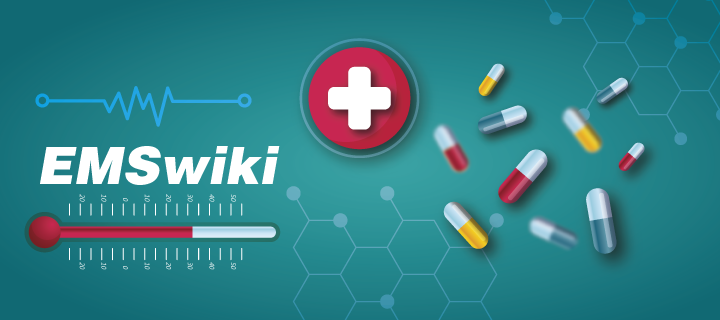
Red Blood Cells: Pillars of Oxygenation in the Human Body
Discover the Vital Importance of These Tiny Blood Components
What Are Red Blood Cells?
They are vital cells that help people to live. The cells called erythrocytes provide oxygen throughout the body. Their unique shape increases the surface area for better breathing. The absence of a nucleus inside means more space for the iron proteins of hemoglobin, which grab onto oxygen molecules.
Production and Lifespan of Red Blood Cells
Red blood cells are born in the bone marrow stem cells. They go through several maturation phases, ultimately losing their nuclei before circulating in the blood. Typically, mature red blood cells live for about 100-120 days. During this period, these tireless workers transport oxygen and dispose of carbon dioxide from tissues by exhaling it through the lungs.
Common Red Blood Cell Disorders
Too few or too many red blood cells can cause problems. A low number of red blood cells causes symptoms of anemia such as fatigue and weakness. An excess of cells, such as in polycythemia vera, thickens the blood, increasing the risk of clots. A delicate balance of red blood cells allows the body to function at its best.
Prevention and Treatment
To avoid getting sick, it’s necessary to eat healthy foods. These foods should contain iron, folic acid (vitamin B9), and vitamin B12. Eating red meat, fish, beans, and leafy green vegetables is essential. Additionally, existing blood problems should be treated by a doctor.
In case of illness, it’s fundamental to consult a doctor. They will oversee treatment to ensure red blood cells remain healthy. Maintaining adequate nutrients is crucial. Without iron, folic acid, or B12, deficiencies can occur. Consequences can be fatigue, shortness of breath, or other symptoms. That’s why diligently following the diet prevents problems.
Finally, it’s important to consider that periodically conducting blood tests is essential to assess the health of one’s red blood cells.
Sources


